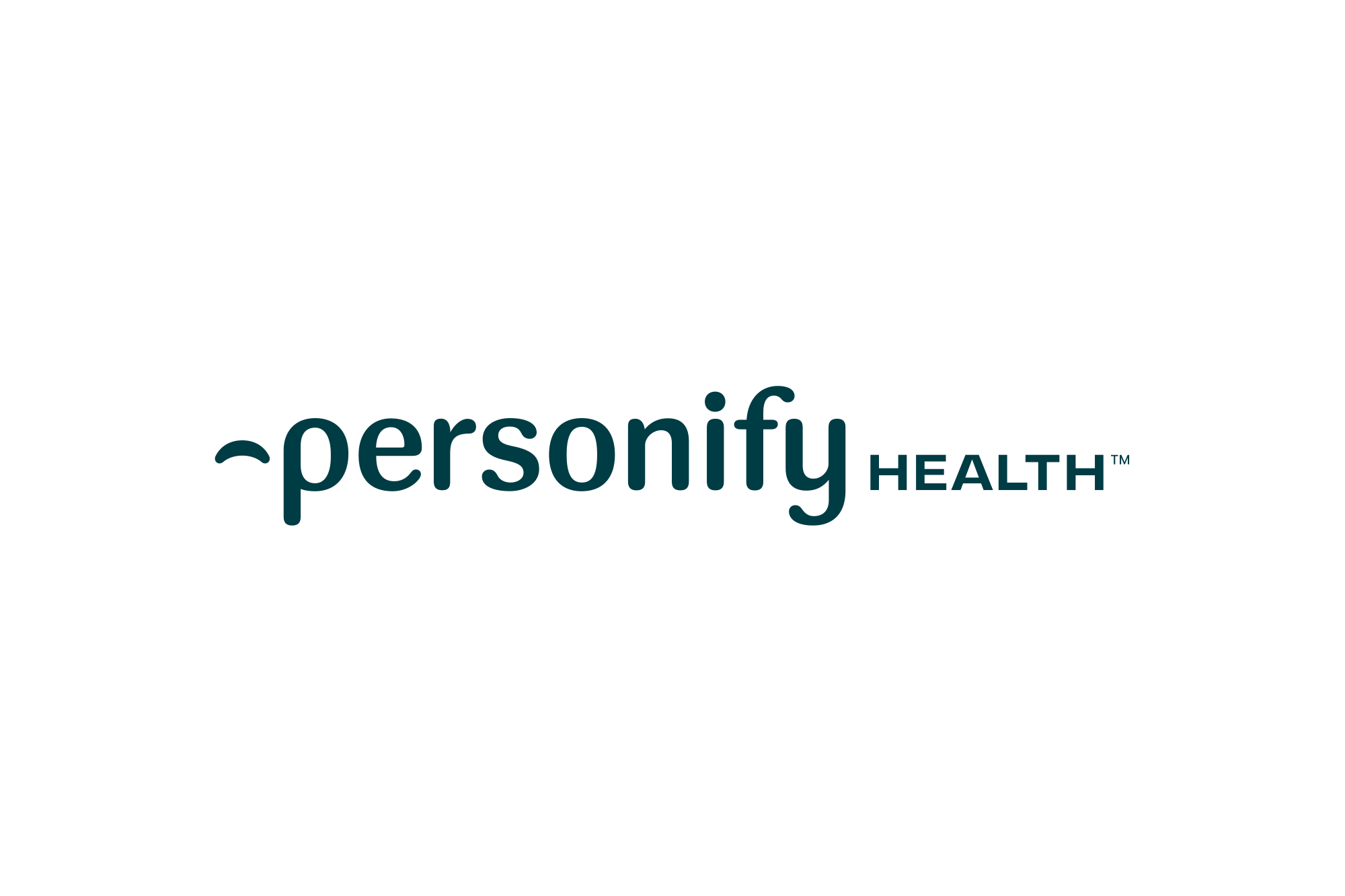Employee Incentive Programs – why introducing a new healthy behavior, and making it stick, is challenging.
Whether it’s a new workout, getting more sleep during the week or cutting down on sugar intake, just getting started can be tough. When it comes to your employee wellbeing program, these challenges can be seen as barriers affecting program participation and engagement, which in turn impact employee performance and productivity.
When combined with wellbeing initiatives, employee incentive programs not only encourage healthy habits, they serve as key motivators to drive engaged and happy employees. In fact, the top reason employees participate in health and wellbeing programs is to improve health. A close second? To earn incentives.
Organizations are increasingly implementing health incentive programs for employees to foster a culture of wellness and productivity.
As more organizations focus on helping their employees adopt new healthy habits, they turn to incentives to help make those changes a little easier. Eighty-eight percent of companies report having employee incentive programs, and 78 percent of those companies have three or more.
Understanding how to provide lifestyle incentives to employees can significantly enhance participation in these programs.
Incentives for Employees: Yea or Nay?
Despite their prevalence, a debate lingers as to whether or not employee incentive programs prove effective in engaging employees in improving their health and wellbeing. Personify Health guides organizations in incentive program design best practices based on more than a decade of research. The Personify Health platform emphasizes incentives for employees by focusing upon two fundamental types of motivation:
- Intrinsic: motivation that stems from internal rewards – engaging in an activity simply for the pleasure of it
- Extrinsic: motivation that stems from an external reward – engaging in an activity to earn a prize
Wellness program prizes and wellbeing incentives can serve as powerful extrinsic motivators.
Research conducted by the Personify Health Institute reveals that the most effective incentives to increase wellbeing program reach (the percentage of eligible employees who actively use the platform) include:
- Cash rewards
- No monthly fee
- Penalty for non-participation
- Free devices
Innovative wellness prize ideas for employees can further incentivize participation and engagement in wellness programs.
Employee Incentive Ideas
- Participation incentives reward a first step or single action, and might include bonus points for joining a challenge
- Progress-based incentives reward actions throughout a program, and might include a half day off for employees who hit a daily goal for two months in a row
- Compliance-based incentives reward for reaching goals or completing activities, and might include $50 for completing a health risk assessment
- Outcome- or results-based incentives reward results, and might include offering a party to the team that wins a challenge
- Surprise incentives randomly reward employees and break monotony, and might include giving a free lunch to everyone who outlined a new wellbeing goal last quarter
- Financial incentives reward participants by providing a financial reason to participate, and may include
cash or cash equivalents, prizes, or health insurance premium reductions - Social incentives reward participants with social recognition, and might include badges, status, and likes.
Employee Incentive Ideas To Avoid
Adding a well-designed incentive strategy to your employee incentive programs can drive participation, encourage healthy habits and produce long-term behavior changes. A poorly designed employee incentive program, however, may be ineffective, even fostering resentment among employees.
The challenge lies in developing programs that effectively migrate individuals from participating to receive an external incentive, such as money, to self-directed participation driven by an internal incentive, such as a sense of satisfaction.
Here are some program design flaws that you can easily avoid:
Only paying participation incentives up front: Paying out incentives only at the start of a program means there’s no continuous reward for participation. Because celebrating small successes along the journey to achieving major milestones is critical to habit formation and long-term change, incentives that are only provided up front have little impact on long-term behavior change.
Only paying incentives for reaching outcomes: End goals aren’t enough to get people to start and maintain good health habits. In fact, providing incentives only after the final goal is achieved can be just as ineffective as giving participants the entire incentive at the beginning of the program. You are always working against a natural present bias!
Earning incentive points for pretty much anything: A list of hundreds of things you can do in a day may seem flexible, but it can lead to employees focusing on gaming the system for points without encouraging any behavior change.
Using negative reinforcement without considering the cultural consequences: Negative reinforcement can be a culture killer, and take a negative toll on employee engagement.
An incentive’s value isn’t aligned with the time, effort, or energy needed to earn it: Life-changing goals, like quitting smoking, aren’t just about bad habits – they’re often about a complete lifestyle overhaul or even addiction.
Incentives are helping employees start and maintain healthy habits. Incentives are also effective in driving long-term, sustainable behavior change. To get the most out of incentives, you must be strategic in your approach.
Regularly evaluate your program’s effectiveness and value to ensure you have the right mix of incentives and that you’re not over- or under-spending. Take into account the natural challenges, like behavioral economics, that can hurt any wellbeing program, as well. Ultimately, well-designed and implemented wellbeing program incentives will motivate, energize, and engage your employees in forming healthy habits that matter.



